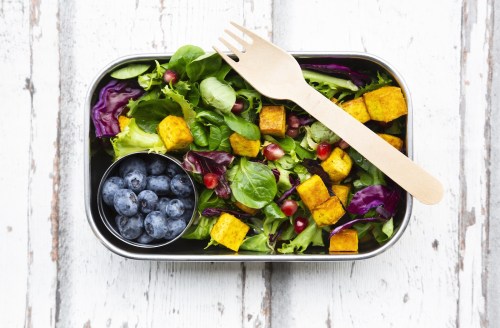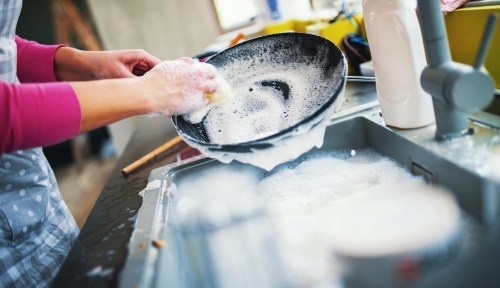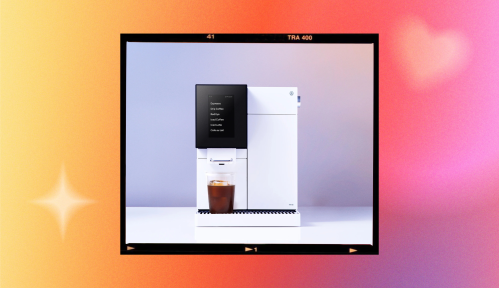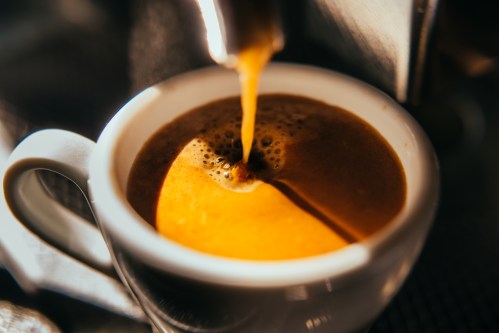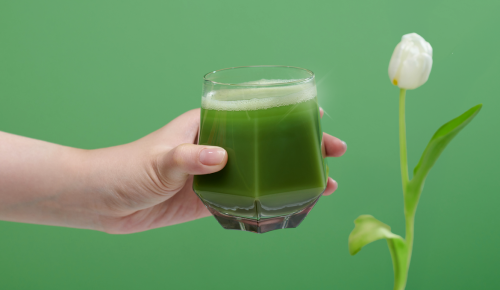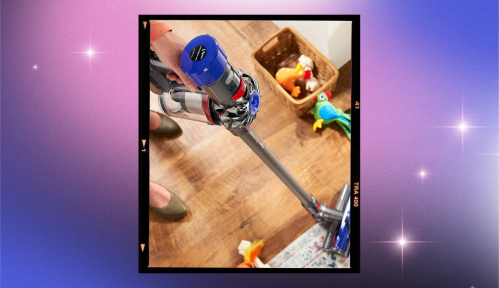You know how people can spend hours falling down the Instagram rabbit hole of Bachelorette conspiracy theories or trying to figure out if Keanu Reeves is truly ageless? I, on the other hand, swoon over all the ways fitfluencers prep their meals in advance. Odd? Maybe. Inspiring? Most definitely.
Here’s the thing about meal prep: It looks so attainable, so easy, so perfect, in the gridded world of Instagram. However, the process to actually achieving perfectly pre-packaged meals, however, requires a whole lot of time and effort—and I’ve always struggled to know how to start. To help bring my healthy foodie dreams to fruition, I chatted with registered clinical nutritionist Gabriela Peacock and registered dietician Jennifer Maeng, RD, CDN, of Chelsea Nutrition. They say that meal prep success comes down to three components: recipes, time, and tools.
First and foremost, “make the foods you actually enjoy and want to eat,” Peacock says. “If you have a pre-prepared lunch that you hate, you’re way more likely to ignore it and end up browsing the snack aisle of your local shop.” Maeng agrees, saying that it’s best to prepare meals in advance that make your mouth water, versus preparing a boring meal that you’re pre-committing to eat in the future. (Need some ideas? You can’t go wrong with with this healthy meal plan.)
It’s also crucial to factor in enough time to get all of your cooking done—and no, that doesn’t mean you have to spend every Sunday working over a hot stove. “For my busy clients, I usually recommend twice per week, which means meal prepping two to three days in advance. Then they don’t have to freeze and reheat their meals and the food is always fresh,” Maeng says. Plus, when you only prep three days in advance, Peacock adds that you’re less likely to get bored of what you’re eating.
As for the right meal prep containers and tools, this is where things get tricky. While it might seem like a no-brainer to put any and all food prep into randomly hoarded plastic take-out containers and gallon baggies, both experts urge people to consider the environment when meal prepping. “I try not to use any disposable plastic or minimize it as much as possible,” Peacock says. “At home I store my pre-prepared food in Kilner jars, glass dishes and bowls, and use reusable seals or bee’s wrap to keep them fresh.” Maeng similarly tries to avoid plastic of all kinds, even if it’s BPA-free. “I prefer eco-friendly silicone, glass, paper, wood, or stainless steel kitchen tools and containers,” she says.
Beyond that, the container you choose depends largely on the food you plan to store in it. “For wet food storage—sauces and cooked foods—I prefer [freezable] and microwavable glass Tupperware,” says Maeng. (For meals that don’t need to be reheated, she uses stainless steel containers.) “For dry or semi-dry foods I use silicone, paper, and glass. I also use cotton mesh bags to organize produce in my fridge.” She says that cotton mesh bags are breathable and thus can help extend the life on your produce, minimizing food waste. “For cut fruits like lemons, avocados, and tomatoes, I use silicone caps or beeswax wrap,” she adds, noting that these are also great for snack storage.
If you’re planning on bringing your prepped meals with you on the go, you might want to reconsider glass options (because, you know, they’re heavy). “If I’m taking my leftovers or meal prep to work or when I travel, I use my bamboo lunchbox or bee’s wraps,” Peacock adds. Additionally, if you’re comfortable with reusable, BPA-free plastic, segmented containers and bento boxes are great options, so long as you don’t buy in bulk (after all, the environment).
Got all that? Shop the tools below to get your meal prep journey started in style:
Expert-approved meal prep essentials
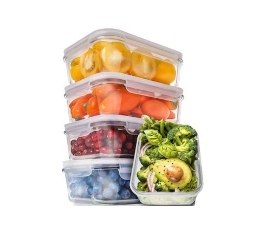
Prep Naturals Glass Meal Prep Containers $24
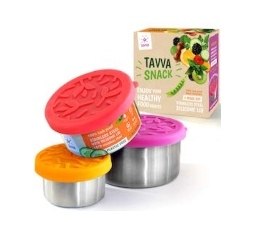
Tavva Stainless Steel Food Containers $30

PackIt Mod Lunch Bento Food Storage Container $15

Bee's Wrap Reuseable Food Wrap $18
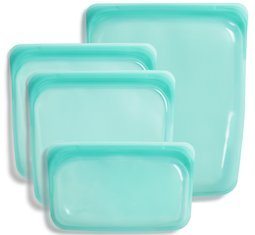
Stasher Reusable Silicone Bag, Multi-Pack $54
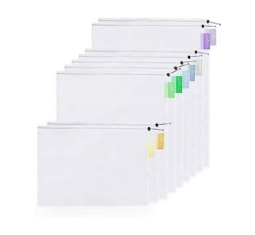
Purifyou Premium Reusable Mesh Produce Bags $15
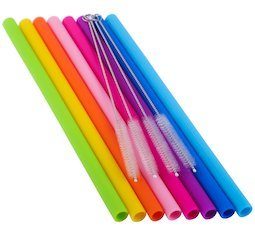
Mcool Silicone Straws $7

Food Huggers Reusable Silicone Food Savers $13
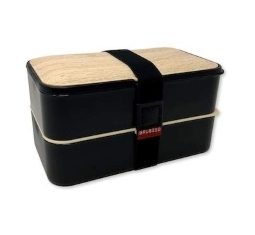
Grub2Go Japanese Bento Box $25
If you want to further encourage yourself to meal prep, check out these hard boiled egg meal prep recipes and vegan Instant Pot recipes that make cooking a cinch.
Sign up for the Well+Good SHOP Newsletter
Get exclusive deals on wellness, beauty, fitness, and food products that have been hand-picked by our editors.
Got it, you've been added to our email list.
